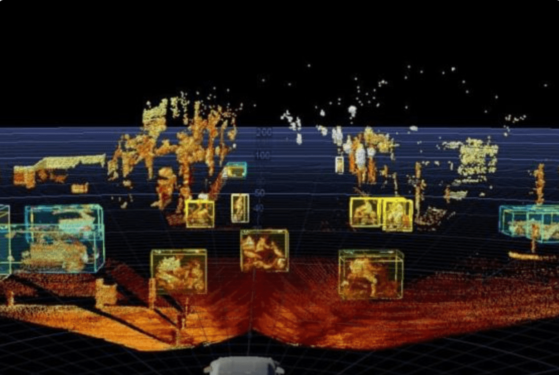
With an estimated one in ten autonomous or semi-autonomous vehicles expected to be on the road by 2030, it’s more important than ever to understand the technology of LiDAR (light detection and ranging). Discover how weather and range may impact the effectiveness of LiDAR systems, the cost and benefit of the technology, and why it’s the best choice for our collective autonomous future.



